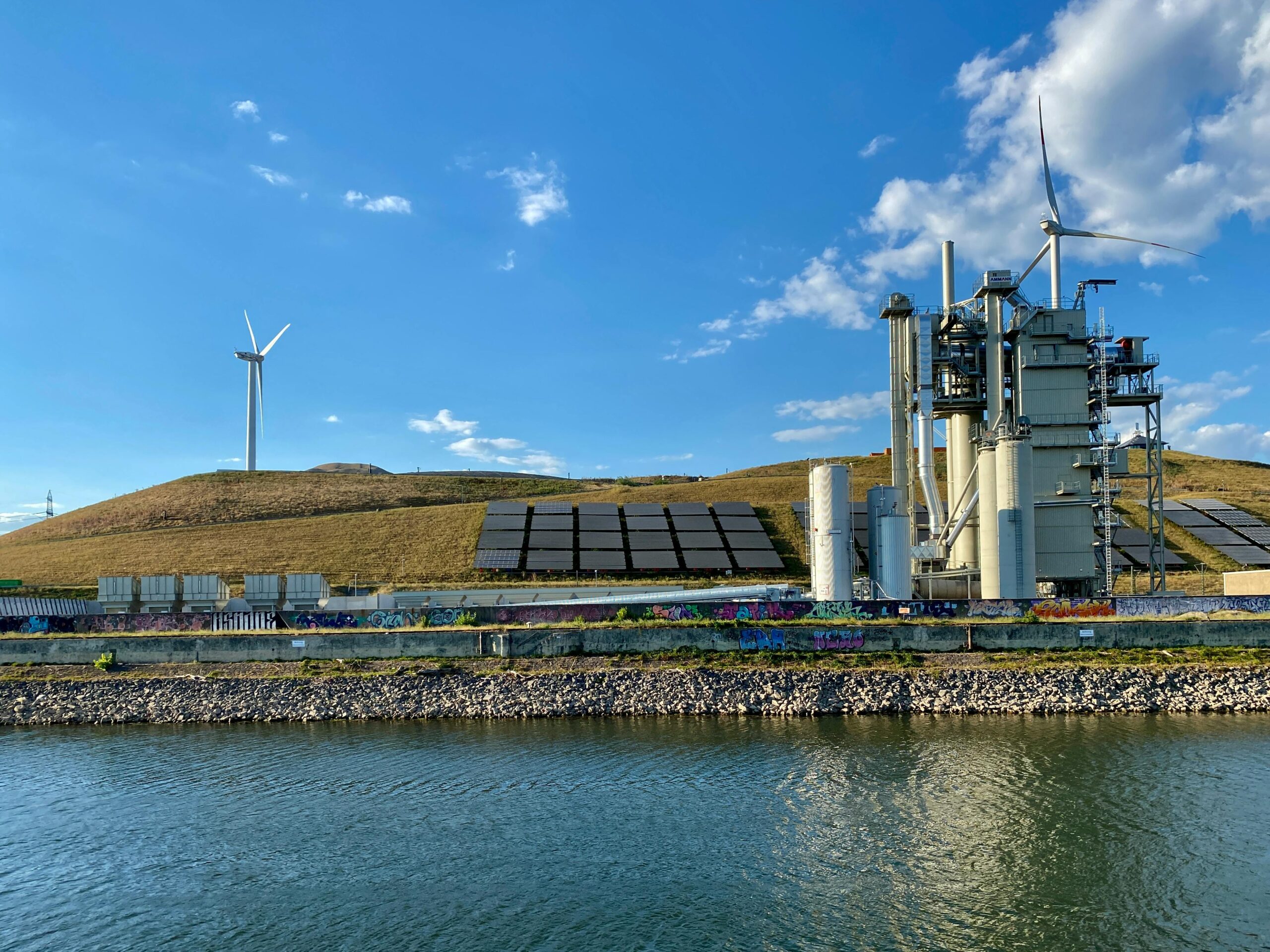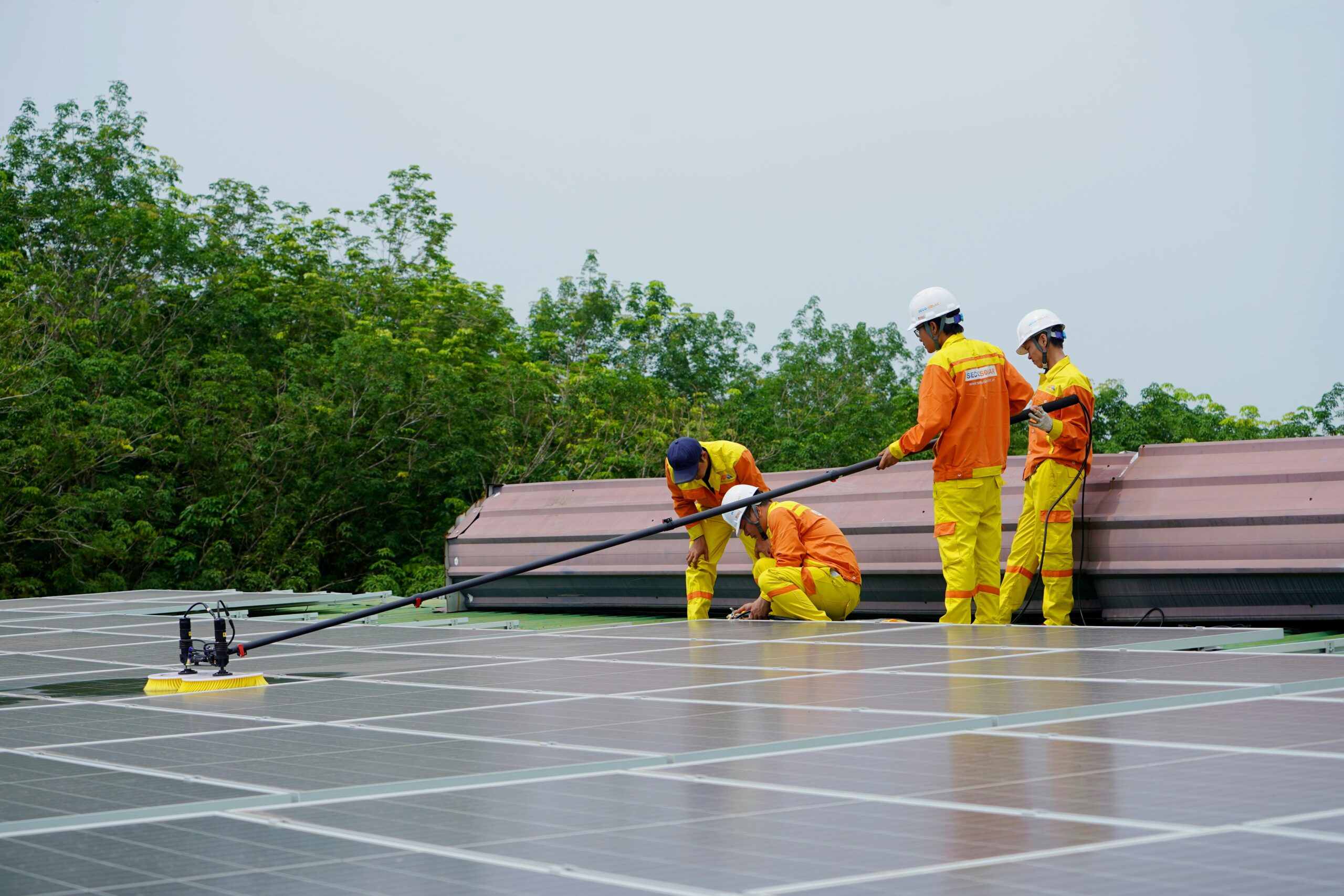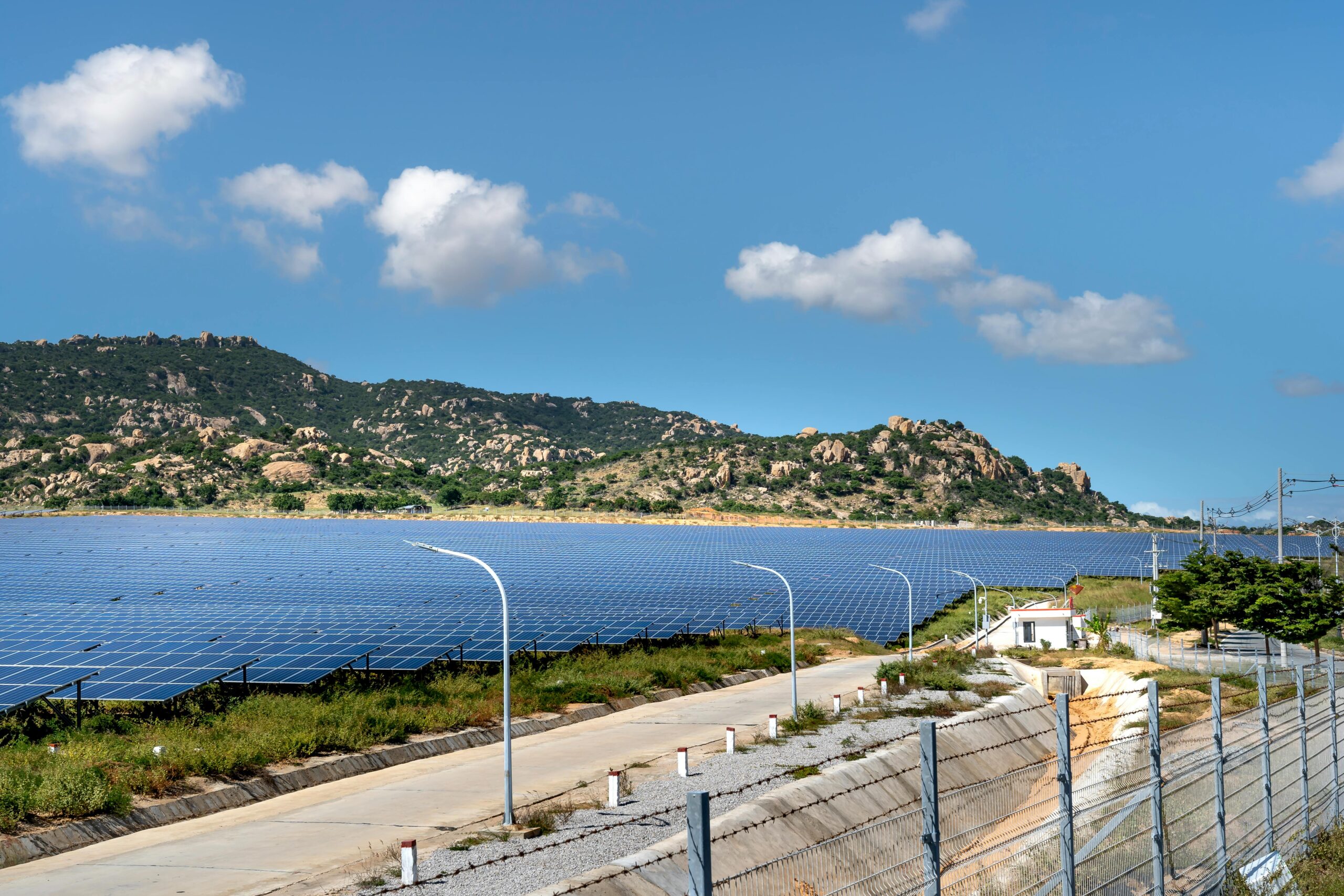As the world grapples with the challenges of climate change, energy security, and the transition to sustainable energy sources, solar power stands at the forefront of the renewable energy revolution. The future prospects for the solar industry are promising, characterized by technological advancements, increasing investments, and evolving policy landscapes. This article explores the key trends shaping the future of solar energy and what lies ahead for the industry.
1. Technological Innovations
The solar industry is experiencing rapid technological advancements that are enhancing the efficiency and affordability of solar energy systems. Innovations in photovoltaic (PV) technology, such as bifacial solar panels and perovskite cells, promise higher energy conversion rates and greater adaptability to various installation environments. Additionally, improvements in solar tracking systems, which allow panels to follow the sun’s path, are optimizing energy capture and increasing overall system efficiency.
Energy storage technologies, particularly lithium-ion batteries, are also evolving, enabling better integration of solar power into the energy grid. As storage solutions become more efficient and cost-effective, the ability to store excess solar energy for use during non-sunny periods will bolster solar power’s reliability.
2. Cost Competitiveness
The cost of solar energy has plummeted over the past decade, making it one of the most affordable energy sources available today. As manufacturing processes improve and economies of scale are realized, solar panel prices are expected to continue their downward trend. This cost competitiveness is not only attracting utility-scale solar projects but also encouraging residential and commercial solar installations worldwide.
The ongoing reduction in installation costs, combined with supportive financing options and government incentives, is making solar energy more accessible to a broader audience, facilitating widespread adoption.
3. Expanding Applications
The future of solar power is not limited to traditional installations on rooftops or solar farms. The industry is witnessing a surge in innovative applications, including building-integrated photovoltaics (BIPV), where solar panels are incorporated into building materials such as windows and roofs. This approach enhances energy efficiency while maintaining aesthetic appeal, making solar energy an integral part of architectural design.
Additionally, solar energy is increasingly being harnessed in remote and off-grid locations, providing electricity to communities without access to conventional power sources. Mobile solar solutions, such as solar-powered water pumps and chargers, are also gaining popularity in developing regions.
4. Policy Support and Global Initiatives
Government policies play a crucial role in shaping the future of the solar industry. As countries commit to ambitious climate targets and transition to cleaner energy sources, supportive policies are emerging to facilitate solar energy adoption. Incentives such as feed-in tariffs, tax credits, and renewable energy standards are encouraging investments in solar technologies.
International collaborations and initiatives, such as the International Solar Alliance, are also fostering knowledge sharing and investment in solar energy projects globally. As more nations recognize the economic and environmental benefits of solar power, policy frameworks are likely to evolve to support its growth.
5. Decentralized Energy Systems
The shift toward decentralized energy systems is gaining momentum, with solar power playing a pivotal role in this transition. Community solar projects, which allow multiple users to share a single solar installation, are promoting local energy production and fostering energy independence. This model enables individuals who cannot install solar panels on their properties to benefit from solar energy, increasing community engagement in renewable energy initiatives.
Moreover, as energy consumers become more proactive, the concept of “prosumers”—individuals who both produce and consume energy—is gaining traction. This trend encourages the installation of solar panels and energy storage systems in homes, leading to a more decentralized and resilient energy grid.
6. Focus on Sustainability
As the solar industry grows, there is an increasing emphasis on sustainability throughout the entire lifecycle of solar products. Manufacturers are exploring ways to minimize the environmental impact of solar panel production, from sourcing raw materials to recycling end-of-life products. Initiatives promoting circular economy practices in the solar sector are becoming more prominent, ensuring that solar technology contributes positively to environmental goals.
Conclusion
The future of solar power is bright, driven by technological innovations, cost reductions, and supportive policies. As the industry evolves, solar energy is poised to play a critical role in addressing global energy challenges and reducing greenhouse gas emissions. By harnessing the power of the sun, we can create a sustainable energy future that benefits both people and the planet. The continued growth and adoption of solar energy technologies will be essential in the fight against climate change, paving the way for a cleaner, more resilient energy landscape.








Leave a Comment